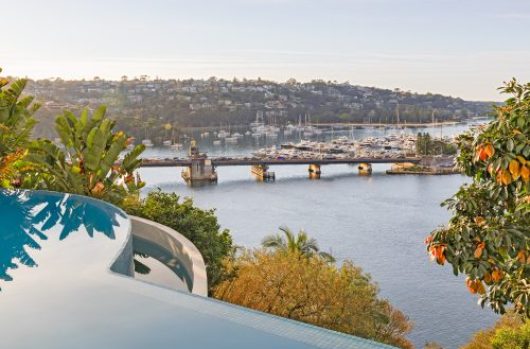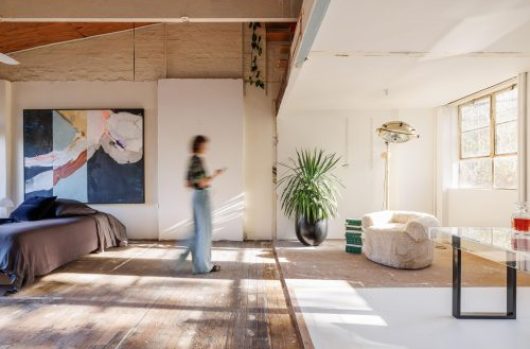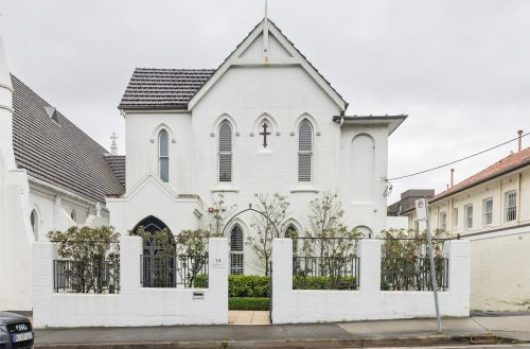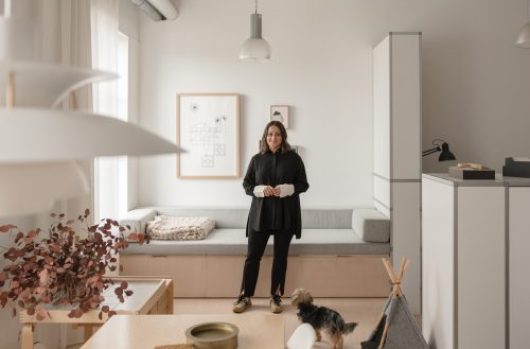Concierge culture
Low maintenance is the new high maintenance. Take away is the new Margaret Fulton. Ever since Bob Hawke said: “Australia is a part of Asia” in 1985, Australians have been redefining their identity. As it turns out, the ultimate larrikin was right. Three decades on, Australia is a part of Asia. Sydney beckons hundreds of thousands of people each year with its vibrant inner-city culture. Business is buoyant and the house-yard ideal has shifted.
Rising interest rates and property prices may have presented challenges to the attainment of the great Australian dream, but the desire to own property has not wavered. Home is still the cornerstone of Australian life – but what people define as “home” is changing. People in Sydney have new priorities and new floor plans to match.
Will Sydney go the way of Manhattan, becoming a playground for the super rich, a town where car spaces are more important than kitchens? Has Sex and the City really killed the great Australian dream?
While no one was watching, Sydney has developed a work hard and play hard culture. Work dominates the lives of the city’s inhabitants. In Australia today we spend long hours at work. Who has time to mow the lawn and make sushi rice, when we work so many hours per week? Many households feature two adults in full-time work. And many adult Australians hold two jobs.
Fiona Collis from IPSOS Research calls this new group of residents Affluent Urbanites. A set of people whose attitudes and aspirations are focused on the city’s litany of pleasures.
“For Affluent Urbanites living near the city is a distinct lifestyle statement. Locations boasting iconic features whether cultural, epicurean or natural, are all highly attractive to them. They like to walk to and from schools, shops and cafes. Being able to walk to places within the community creates a very tangible feeling of belonging to the neighbourhood. Affluent Urbanites also cherish being surrounded by people with similar interests and values” Collis says.
The days of the great Australian dream, with a timber-framed house sitting on the quarter acre block are being rethought, for a more Sex and the City approach to life. Brownstones, concierge, condominiums and penthouse views hold a new appeal. Peter Thomas and Brendan Doggett are a local couple who just bought an apartment on Liverpool Street, Darlinghurst after looking for a terrace house. There they found a luxury fit-out that feels like it belongs in one of Darlinghurst’s oldest sandstone homes.
The apartment features many elements a traditional terrace house might have including triple French doors to a timber balcony, a 3-bedroom layout, and a media and entertainment room.
Sydney local David Kinsler is another case in point. Kinsler and his partner owned and renovated three Paddington terraces, before swapping for a high-end apartment in Woollahra. Kinsler is now a convert to apartment living.
“We had quite a good-sized 3-bedroom terrace in Paddington but we found we lived in the main bedroom and the ensuite. The rest of the rooms were really redundant most of the time,” says Kinsler.
“In our new place the floor space isn’t necessarily smaller – the floor plan just works better for us. From a day-to-day living perspective the apartment is easier.”
“We were finding the formal sitting room and dining room, and the other two bedrooms just weren’t being used. And the garden at the front and back, even though they were quite small, neither of us really got any joy from tending to the garden. The main driver for buying terraces originally was that we wanted somewhere to renovate. But after doing that a few times, the conclusion that we came to was that the renovation costs were really huge.”
Maybe the great Australian Dream in Sydney has simply matured. Moving with the times, it’s found a new way to survive, beyond the backyard and to wherever we call home now. Knowing full well, the backyard now comes later for those that aspire to get there.






